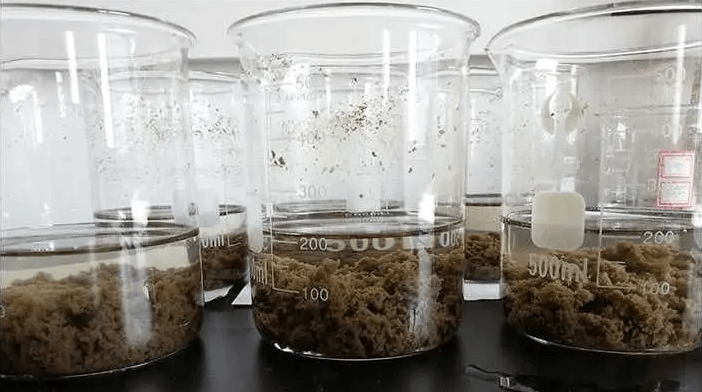
Welcome to the comprehensive guide on biofloc farming. In this article, you'll learn how to create a thriving biofloc farm by harnessing the power of microbial communities. We'll explore the benefits, techniques, FAQs, and more about this sustainable aquaculture practice.
Biofloc farming, an innovative and sustainable technology in aquaculture, is the answer to the increasing demand for protein-rich food. This aquaculture practice integrates biology and technology to create a balanced and healthy environment for the growth of aquatic species, with a special emphasis on shrimps and fish. But what exactly is Biofloc farming?
Biofloc technology (BFT) operates on a self-sustaining mechanism where microorganisms are grown to convert uneaten feeds, excreta, and other organic waste from the water into edible protein. It's a system that thrives on the principle of waste-to-wealth, in which the waste products in the water are recycled back as food, reducing the need for external protein inputs.
The word 'Biofloc' essentially refers to flocs or clumped aggregates of microbes, algae, and zooplankton. The technique helps to maintain the water quality by eliminating harmful wastes, reducing the spread of disease, and increasing the overall productivity of the farming system.
Born out of the necessity for sustainable aquaculture, Biofloc is designed to limit environmental degradation, overuse of wild fish for feeds, and the spread of aquaculture diseases. It presents a symbiotic environment where beneficial bacteria flourish, converting otherwise harmful waste into beneficial protein that serves as supplementary feed for the cultured species.
In addition, Biofloc farming promises economic benefits, as it requires less feed and water exchange, leading to reduced operational costs. It also lowers the dependence on expensive protein feeds, which can often be the most significant expense in aquaculture operations.
China's probiotic manufacturer, Pangoogroup.com, appreciates and encourages the use of such eco-friendly and sustainable practices like Biofloc farming. As we believe that with science and innovation, we can harness nature's own mechanisms to nourish a healthier and prosperous world.

Biofloc technology (BFT) is an approach to aquaculture that focuses on the growth and maintenance of beneficial microbial communities within the fish ponds or tanks. These microbial communities, called "biofloc," are made up of bacteria, algae, protozoa, and other microorganisms, like nitrifying bacteria, that work together to break down waste and provide essential nutrients, like nitrogen, to the fish.

There are several advantages to implementing biofloc farming:

Here are the key steps to start your own biofloc farm:
For those looking for comprehensive training, consider attending a biofloc farming training course or enroll in an online program to dive deeper into the subject.
Maintaining water quality in a biofloc system plays a crucial role in ensuring the success of your farm. Here are some tips for water quality management:
By following these steps and investing in the right equipment, you can start your successful journey into biofloc farming and embrace sustainable aquaculture for years to come.
Indoor biofloc fish farming has become increasingly popular due to several advantages it offers over traditional outdoor farming methods. By conducting biofloc farming indoors, you can:
Several fish species are particularly well-suited for biofloc systems due to their ability to adapt to the unique environment these systems create. Some popular choices include:
While biofloc farming has many benefits, it's essential to consider the potential risks and challenges associated with this method:
However, by undertaking proper training, gaining hands-on experience, and investing in the necessary equipment and technology, you can overcome these challenges and enjoy the benefits biofloc farming offers.
To build and manage a successful biofloc farm, you'll need specific equipment and tools, such as:
Biofloc farming presents a promising future for sustainable aquaculture. By utilizing beneficial microbial communities, biofloc systems can lead to healthier fish, improved production efficiency, and a reduced environmental footprint. With the right training, equipment, and management, you too can embark on a successful and rewarding journey in biofloc farming.